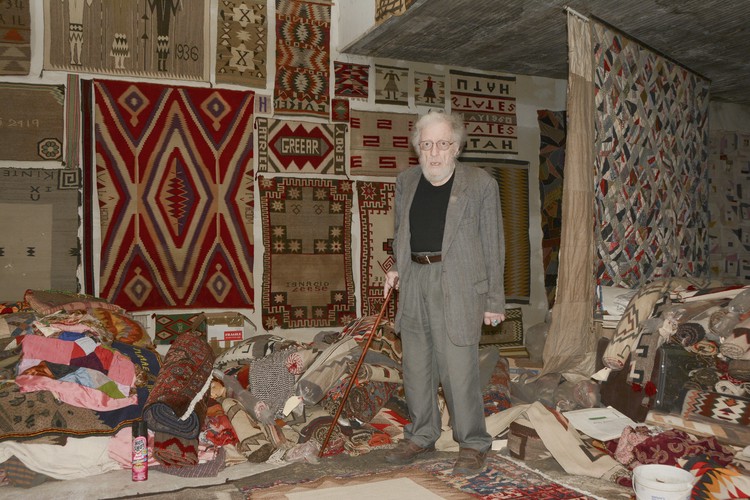
Many mistakes aren’t meant to be corrected.
A few summers ago I spent an hour or so wandering through an offbeat gallery specializing in Navajo rugs. Actually, it was even more specialized that that. The collector, a curious character named Jamie Ross, liked to collect Navajo rugs with English words, letters, or language woven into the designs.
I was intrigued by some of the designs so I asked him about the history of some of the pieces. Jamie is the kind of guy who turns a quick ten second question into a slow ten minute answer. That was fine by me, I had nowhere else to be.
He explained a lot of things. He talked about his fascination with letters and words and why he especially liked them when they showed up on Navajo rugs. He also talked a bit about crazy quilts, another one of his obsessions.
But there was one thing he said that really stuck with me. I asked him why a lot of the rugs seemed to have mistakes woven into the patterns. Obvious distortions in the patterns, stray lines, or a shape that was just a bit off compared to the other shapes in the piece.
He said there are many explanations. One popular one is that the Navajo intentionally weave mistakes into their rugs to remind them that man isn’t perfect. That sensibility can also be found in the Wabi-sabi art of Japan.
But he preferred another explanation. He said the mistakes weren’t intentional. What was intentional was the desire not to go back and fix them.
He said the Navajo saw mistakes as moments in time. And since you can’t change time, why try to change a mistake that already happened? The mistake is already woven into the fabric of time. It’s good to be reminded of it when you look back.
Further, he compared it to climbing a mountain. If you climb a mountain you are sure to have a few missteps along the way. But you keep going. You don’t stop and start over if you trip here or take the wrong path there. You keep going. You can’t remove that step. It happened, it’s part of the climb. And when the climb is done, you’ve finished. As long as you made it to the top, you don’t call the climb a mistake. Likewise, the Navajo don’t call a rug with some off stiches a mistake. If the rug is finished, it’s a successful rug. More importantly, a rug with a few off stitches is an honest rug.
Now, I don’t know if this is Jamie’s own personal interpretation, or something other’s Navajo scholars (or Navajo themselves) can back up, but it doesn’t matter to me. I love the idea regardless.


I love anything and everything that is written well… yeah you got some good content going on there for sure.
http://askdice.com/7-most-common-mistakes-men-make-in-a-relationship/